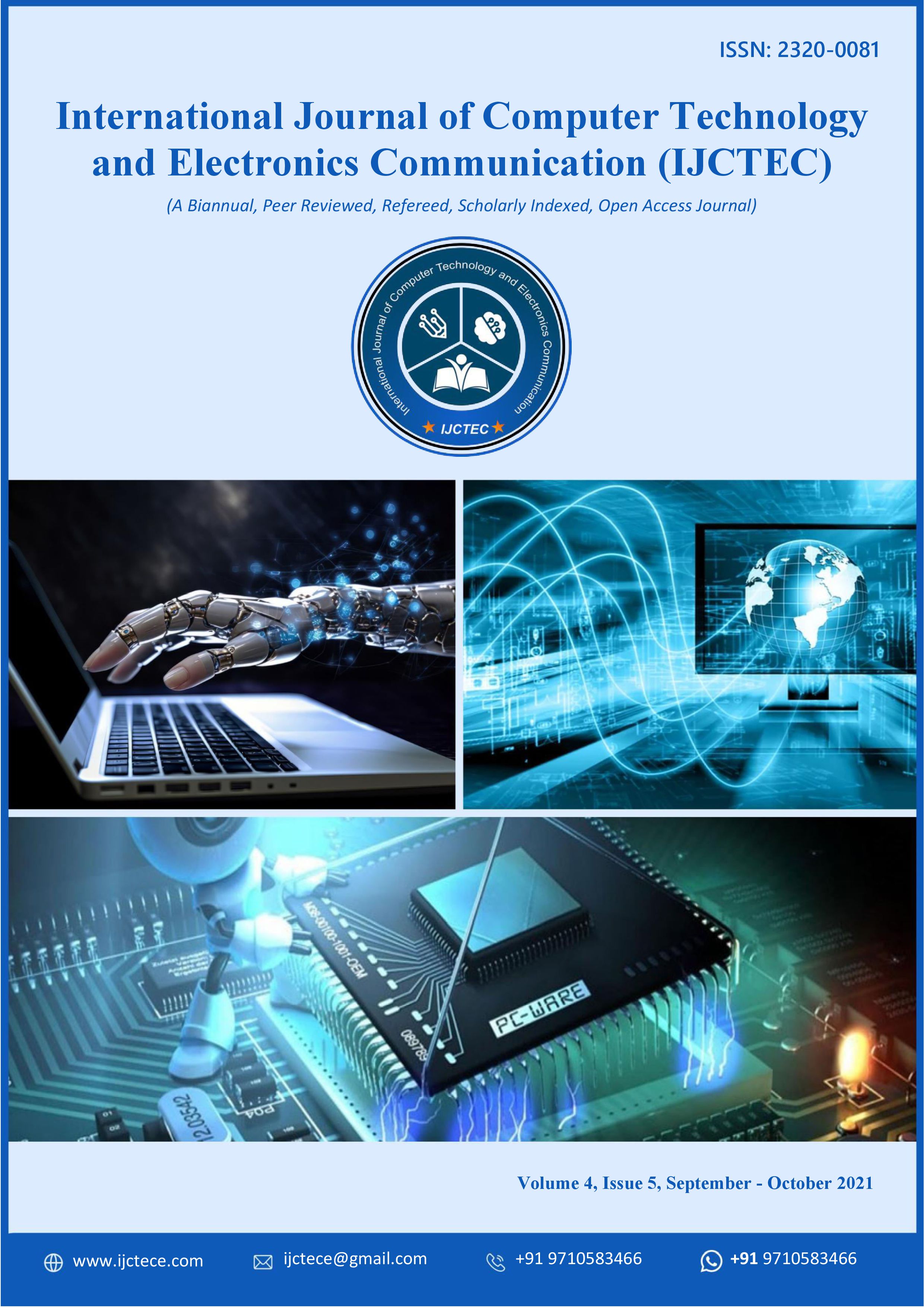Cryptography-Enhanced Machine Learning in SAP on Google Kubernetes Engine for Secure Real-Time Inventory and Warehouse Optimization
DOI:
https://doi.org/10.15680/IJCTECE.2020.0405003Keywords:
Cryptography, Machine Learning (ML), SAP Supply Chain, Google Kubernetes Engine (GKE), Real-Time Inventory Optimization, Warehouse Management, Homomorphic Encryption, Secure Multiparty Computation (SMC), Cloud-Native Architecture, Data Security and Privacy, Predictive Analytics, Distributed Machine LearningAbstract
The increasing complexity of global supply chains demands secure, scalable, and intelligent systems to ensure operational efficiency and resilience. This paper presents a cryptography-enhanced machine learning framework deployed on Google Kubernetes Engine (GKE) for real-time inventory and warehouse optimization in SAP environments. The proposed approach integrates advanced cryptographic protocols to safeguard sensitive enterprise data while enabling distributed machine learning models to process large-scale inventory and logistics information. Leveraging the elasticity and container orchestration capabilities of GKE, the system achieves high availability, scalability, and fault tolerance for SAP-driven supply chain operations. Machine learning models are employed for demand forecasting, inventory replenishment, and warehouse optimization, while cryptographic mechanisms such as homomorphic encryption and secure multiparty computation enforce data confidentiality and integrity throughout the analytics lifecycle. Experimental results demonstrate that the framework not only enhances predictive accuracy and operational efficiency but also fortifies enterprise security against cyber threats. This research highlights the potential of combining cryptography, machine learning, and cloud-native architectures to build a secure, intelligent, and scalable foundation for next-generation SAP supply chain management.
References
1. Lenovo. Lenovo ‐ SAP Data Intelligence Solution for Optimizing Manufacturing Inventory. Lenovo Press, 6 Nov 2020. Lenovo Press
2. G Jaikrishna, Sugumar Rajendran, Cost-effective privacy preserving of intermediate data using group search optimisation algorithm, International Journal of Business Information Systems, Volume 35, Issue 2, September 2020, pp.132-151.
3. Sahaj Gandhi, Behrooz Mansouri, Ricardo Campos, and Adam Jatowt. 2020. Event-related query classification with deep neural networks. In Companion Proceedings of the 29th International Conference on the World Wide Web. 324–330.
4. Describes an inventory optimization solution with AI/ML built on SAP Data Intelligence. Includes parameterized replenishment policy balancing inventory levels vs cost; optimizes demand forecast error and Days of Inventory (DOI). Lenovo Press
5. Vaka, Dilip Kumar. Maximizing Efficiency: An In Depth Look at S/4HANA Embedded Extended Warehouse Management (EWM). International Journal of Science and Research (IJSR), May 2020. ResearchGate
6. Discusses how SAP S/4HANA EWM functionality helps optimize warehouse operations, improves visibility, inventory accuracy, order fulfillment, resource utilization. ResearchGate
7. Palewatta, I. T., and H. S. C. Perrera. Inventory Optimization using ERP to reduce final product lead time, Inventory value and inbound logistics cost for MTO, FMCG Company. International Journal of Multidisciplinary Studies, Vol. 3, No. 2, 2016. ijms.sljol.info
8. Chellu, R. (2021). Secure containerized microservices using PKI-based mutual TLS in Google Kubernetes Engine. International Journal of Communication Networks and Information Security, 13(3), 543–553. https://doi.org/10.5281/zenodo.15708256
9. A case study in an MTO/FMCG firm using SAP as ERP; master data configuration and safety stock planning, EOQ etc. Results included reduced inventory value, savings in inbound logistics, better material availability. ijms.sljol.info
10. Sultana, Nazneen N., Hardik Meisheri, Vinita Baniwal, Somjit Nath, Balaraman Ravindran, Harshad Khadilkar. Reinforcement Learning for Multi Product Multi Node Inventory Management in Supply Chains. arXiv, June 2020. arXiv
11. Begum RS, Sugumar R (2019) Novel entropy-based approach for cost- effective privacy preservation of intermediate datasets in cloud. Cluster Comput J Netw Softw Tools Appl 22:S9581–S9588. https:// doi. org/ 10.1007/ s10586- 017- 1238-0
12. Badmus, A., & Adebayo, M. (2020). Compliance-Aware Devops for Generative AI: Integrating Legal Risk Management, Data Controls, and Model Governance to Mitigate Deepfake and Data Privacy Risks in Synthetic Media Deployment.
13. Although not SAP specific, deals with ML/RL for inventory across multiple products and nodes; realistic time lags, stochastic demand; good for methods and comparison. arXiv
14. Bertsimas, Dimitris; McCord, Christopher; Sturt, Bradley. Dynamic optimization with side information. arXiv, July 2019. arXiv
15. Sugu, S. Building a distributed K-Means model for Weka using remote method invocation (RMI) feature of Java. Concurr. Comp. Pract. E 2019, 31. [Google Scholar] [CrossRef]
16. Includes examples in inventory management showing how predictive ML plus side information can help dynamic optimization under uncertainty. Useful for theoretical foundation. arXiv
17. “Inventory Management and Optimization in SAP ERP” by Elke Roettig. SAP PRESS, 2016. sappress.com
18. Book covering inventory mastering, forecasting, simulations, MRP, master data etc. Good for foundational SAP inventory methods. sappress.com


